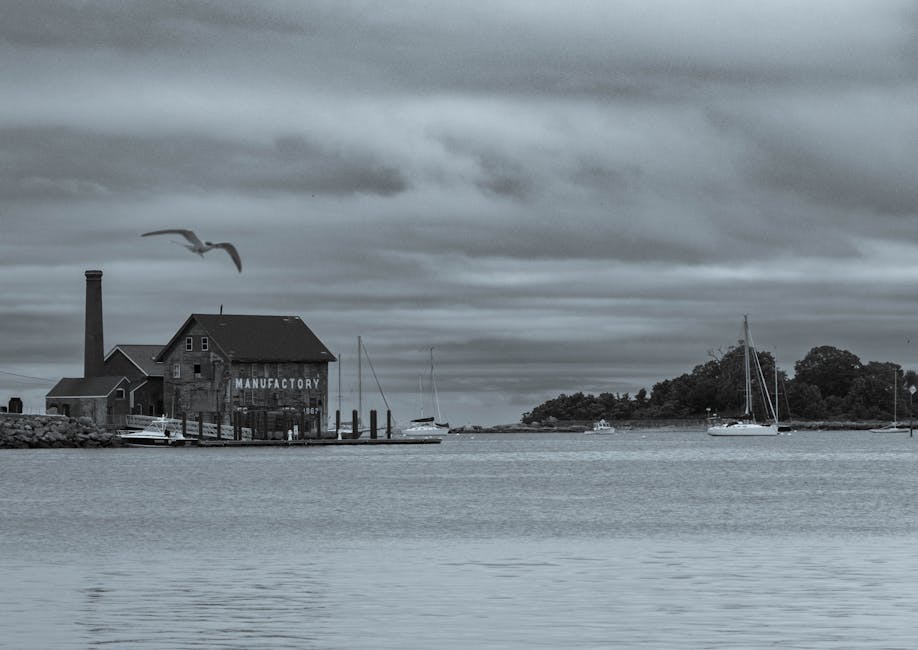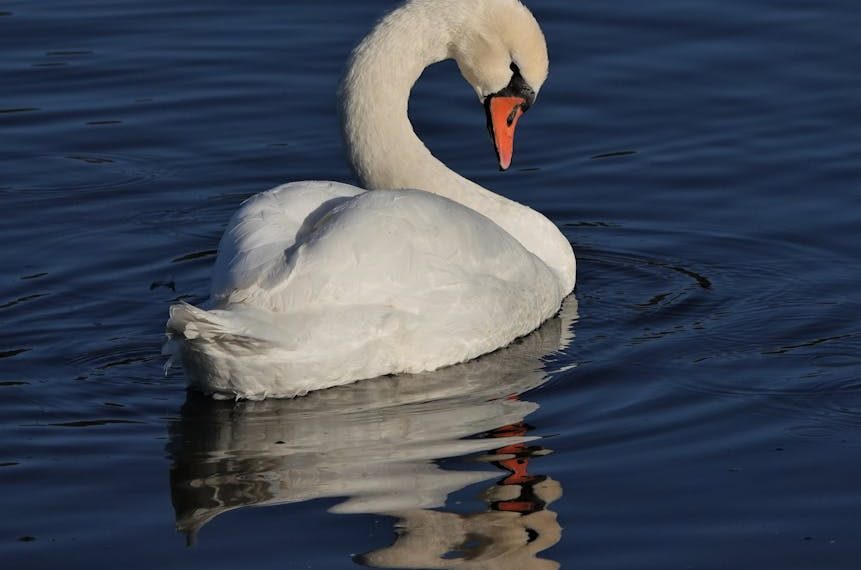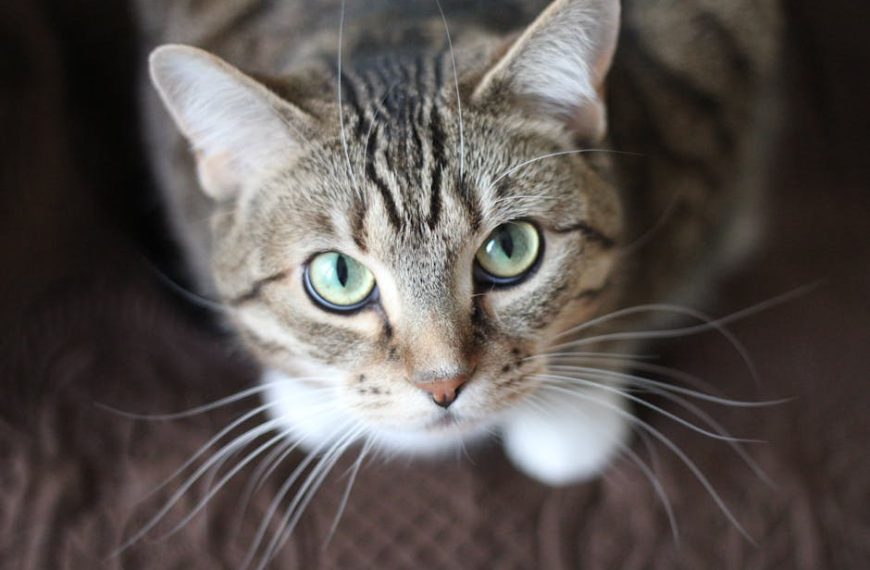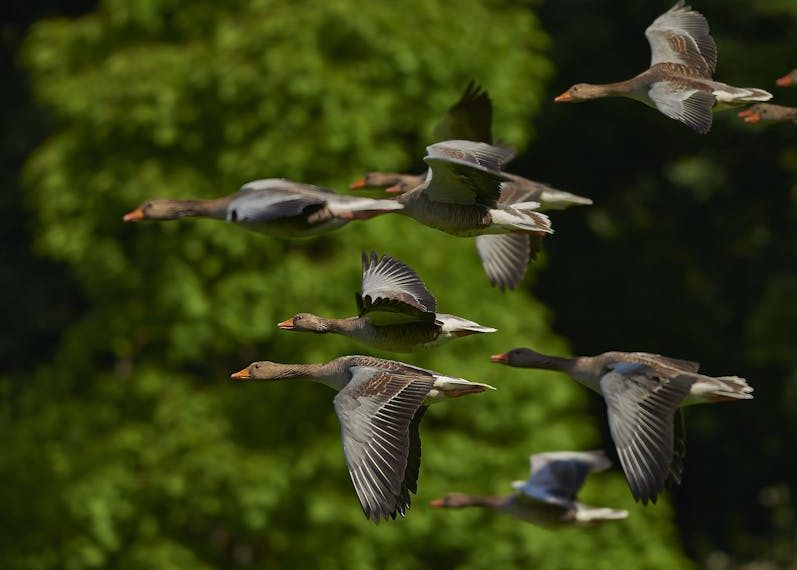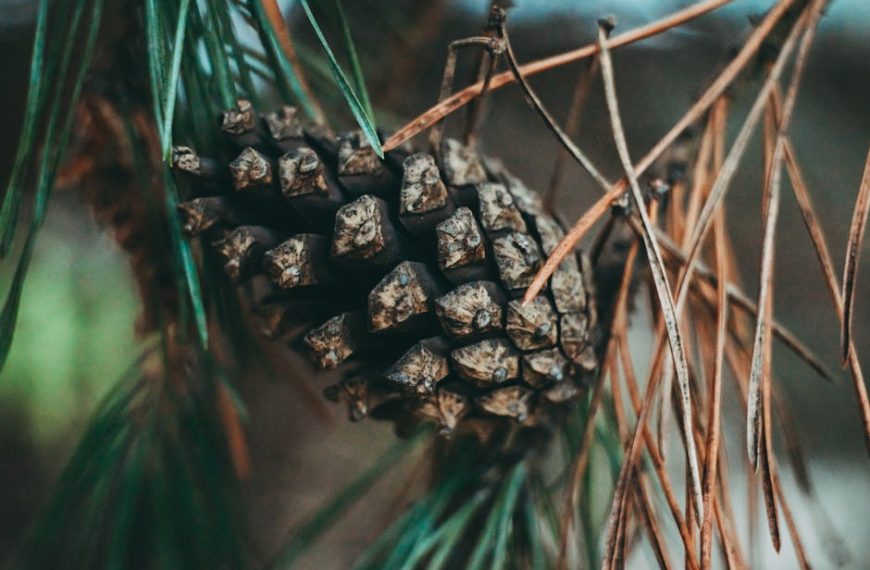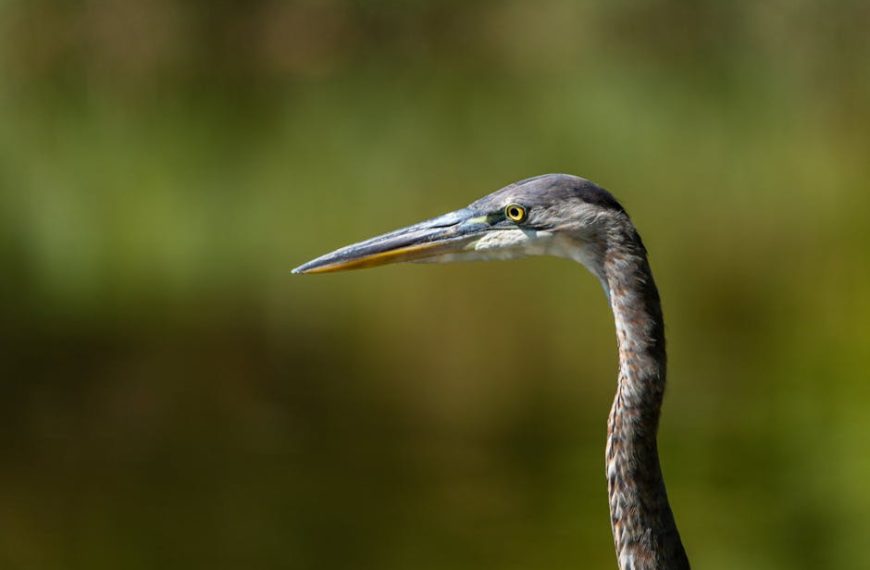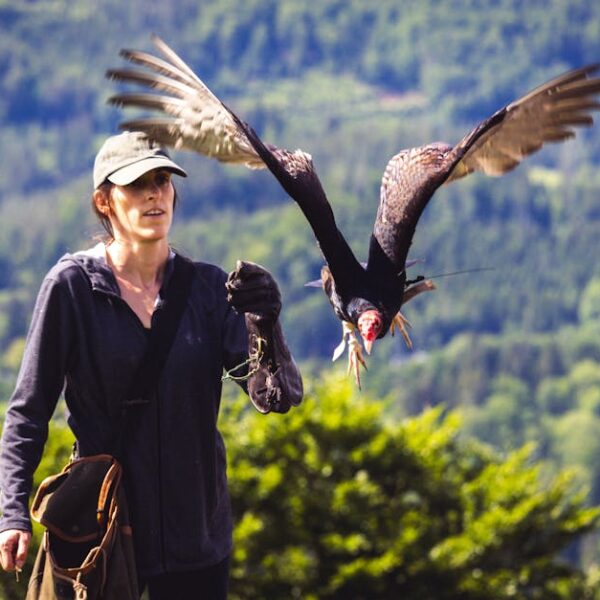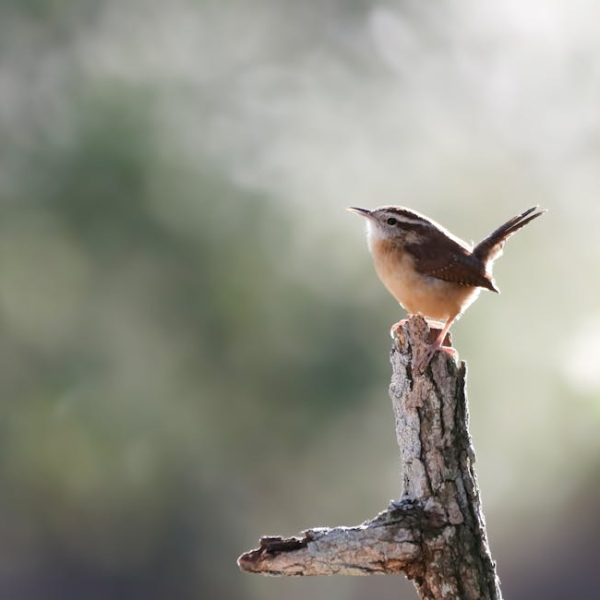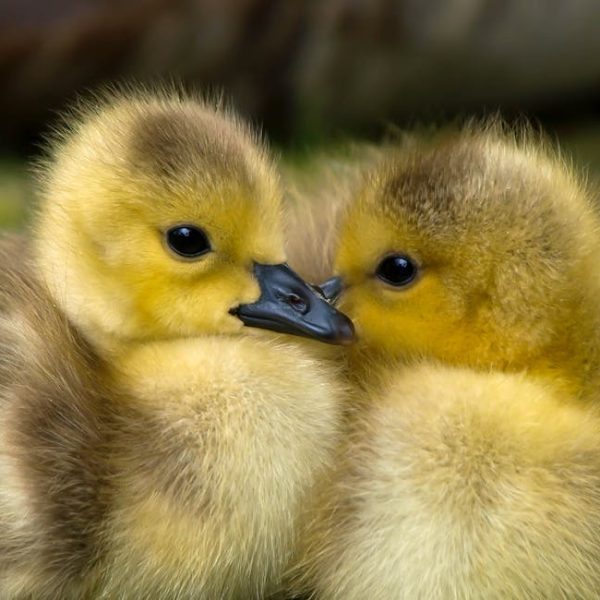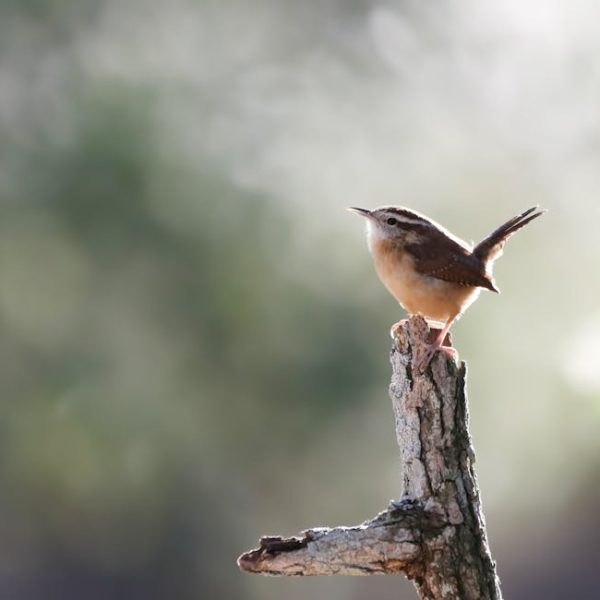Chimneys provide attractive nesting spots for certain bird species, which can lead to undesirable consequences for homeowners. Birds in your chimney can pose health risks, cause noise disturbances and damage your property. Here, we will discuss why and how birds chose chimneys for nests, legal and ethical considerations, prevention strategies, safe removal techniques, and when professional assistance might be required.
Understanding why birds are attracted to chimneys
Birds choose to nest in chimneys for several reasons. A typical chimney provides warmth, a high vantage point for predator avoidance, and a convenient, cozy space for nesting. Let’s delve into the reasons more in-depth:
- Shelter: A chimney, akin to a tall hollow tree, provides an ideal spot for birds looking for secure places to nest. The height and closures at both ends offer protection against ground predators.
- Warmth: For birds, chimneys act like heated homes, especially during winters. They provide constant warmth that is essentially beneficial for their survival.
- Nesting Spot: The narrow, isolated structure of a chimney makes it a preferred nesting spot providing the birds undisturbed privacy.
Legal and ethical considerations in removing birds from chimneys
Before embarking on a bird removal mission, it’s important to understand the legal and ethical aspects involved. Different species of birds are protected under various regional and international wildlife acts. For instance, in the United States, it is illegal to disturb or destroy nests of native bird species, as per the Migratory Bird Treaty Act. Here are some key legal facts to consider:
- Disturbing nesting birds can be considered a violation of wildlife protection laws.
- Fledglings (young birds that have just recently left the nest) are protected by law and should not be disrupted or relocated without consultation with local wildlife agencies.
Ethically, it’s also crucial to ensure that your actions do not cause unnecessary harm to birds. Their nests are their homes – a place where they breed and raise their young. Therefore, every attempt should be made to remove them with minimum disturbance.
Preventing birds from entering your chimney
As the adage goes, prevention is better than cure. Here are some steps you can take to discourage birds from nesting in your chimney:
- Install a chimney ‘bird guard’: It prevents birds from entering the chimney while allowing smoke to escape freely.
- Regular maintenance checks: Regular inspection ensures early detection and removal of nests.
Each prevention method involves some trade-offs. For instance, chimney guards are highly effective but might require professional installation. On the other hand, regular checks are cost-effective but can become time-consuming. Carefully weigh the pros and cons before settling for an option.
In the next section, we will explore some safe and humane methods for removing birds and their nests from chimneys.
Safe and humane methods for removing birds nests from your chimney
It’s pivotal to keep birds’ well-being in mind while removing them and their nests from your chimney. Here are some best practices to follow:
- Wait for the young birds to leave: If you identify a nest with baby birds, wait until they are strong enough to leave the nest before removing it.
- Use protective clothing: When handling birds or their nests, ensure you’re utilizing gloves and masks to prevent any potential health hazards.
- Avoid dismantling the nest: Instead of pulling it apart, try to remove the nest as a whole to minimize stress for any birds that might be present.
Lastly, remember that timing matters. Birds are less likely to be in the nest during the day as they are out looking for food. Choosing this time for removal can reduce the chances of causing distress to the birds.
Professional help for bird removal and following up actions
Complex situations call for professional help. If the nest is lodged deep into the chimney, or if an endangered species has chosen your chimney for a home, you should consider hiring a specialist. Here’s how to select a reputable bird removal service:
- Look for licensed providers: These services are aware of and adhere to wildlife protection laws.
- Ask for references or reviews: This will give you an idea of their expertise and reliability.
- Discuss the removal process: A professional service should prioritize humane removal methods and clean-up procedures and be able to discuss these in detail with you.
After the birds have been removed, it’s essential to prevent future intrusion by following the preventive measures discussed earlier.
In conclusion, balance is crucial. Your chimney is your property, but recognizing that it can become a home for wildlife fosters a more harmonious coexistence. By understanding why birds are attracted to chimneys, respecting wildlife laws, and following proper, considerate removal practices, we can manage our needs without disregarding those of our feathered friends.
Key Takeaway:
- Chimneys act as attractive nesting spots for birds due to their warmth, their high vantage point for predator avoidance, and their function as convenient nesting places.
- Disturbing or destroying nests of native bird species is often illegal and could result in violation of wildlife protection laws.
- Installing bird guards and performing regular maintenance checks are effective ways to prevent birds from nesting in chimneys.
- It’s important to consider the birds’ well-being during nest removal. This can be ensured by waiting for young birds to leave, using protective clothing, and attempting to remove the nest as a whole.
- In complex situations, or in scenarios involving endangered species, professional help should be sought.
Remember: Both convenience and kindness can coexist. By understanding bird behaviors and respecting the appropriate laws, your chimney can stay clean while causing minimal harm to our feathered friends.
FAQs
Q: How can a bird getting stuck in the chimney pose a health risk to homeowners?
A: Birds in chimneys can potentially spread various diseases, and their droppings can be a serious health hazard if they amass over time.
Q: Which are the most common bird species found nesting in chimneys?
A: Chimney swifts, sparrows, and starlings are among the common species known to nest in chimneys.
Q: How long should I wait for the young birds to leave the nest before attempting a removal?
A: The waiting period depends on the bird species, but it’s generally advisable to wait until the breeding season is over.
Q: Is it feasible to remove a bird or bird nest from a chimney by oneself?
A: While it’s possible to handle a simple removal, complex cases or nests lodged deep within the chimney may necessitate professional help.
Q: What measures should be taken after successfully removing birds from the chimney?
A: After removal, thoroughly clean your chimney, consider methods to block future entries like bird guards, and conduct regular maintenance checks.
Feel free to share this article and explore further informative posts on our website. Stay informed, stay caring!
